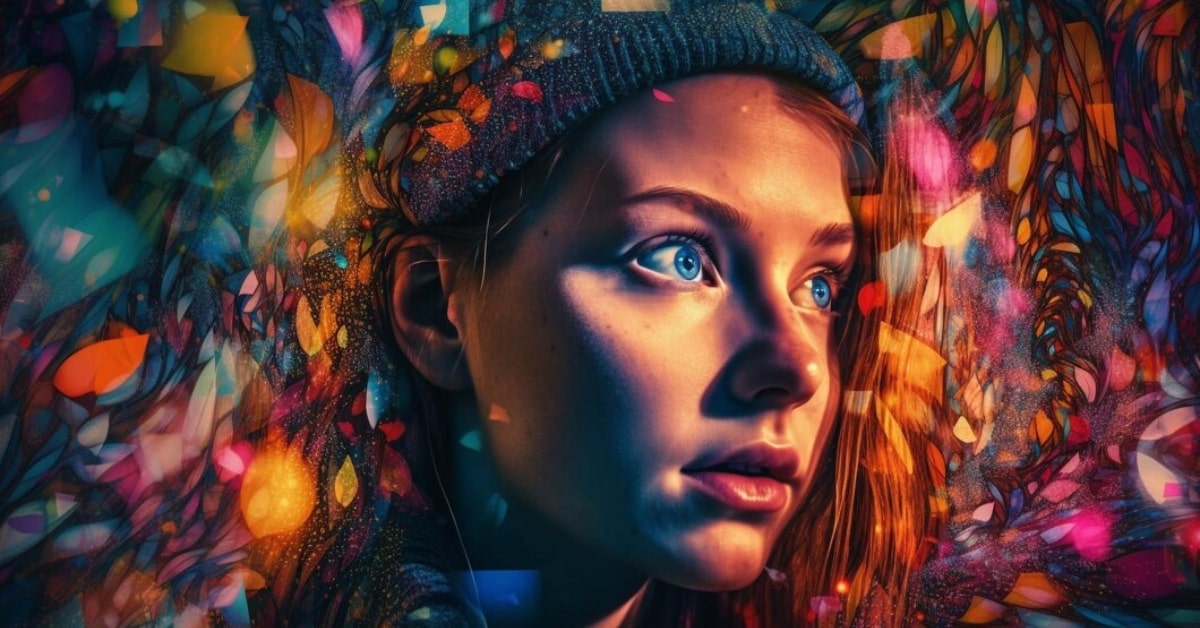In the world of digital art and photography, photo manipulation has become a powerful and widely used technique. However, with great creative freedom comes great responsibility. The ethical considerations surrounding photo manipulation are essential, as they determine the impact and integrity of the final image. In this article, we will explore the ethical dimensions of photo manipulation, why they matter, and how to navigate them. Whether you’re a digital artist, photographer, or simply curious about photo editing and manipulation, understanding the ethics of photo manipulation is crucial.
Defining Photo Manipulation Ethics
Photo manipulation ethics refer to the set of principles and guidelines that govern the moral and responsible use of digital tools to alter or enhance photographs. These ethics encompass issues such as honesty, transparency, and respect for the subjects and audience. In essence, they help ensure that the artistic or editorial intent does not compromise the truth or the integrity of the image.
Importance of Ethical Considerations
Ethical considerations in photo manipulation are essential for several reasons:
- Truth and Accuracy: In fields like journalism, preserving the truth and accuracy of images is paramount. Misleading manipulations can distort reality and deceive viewers.
- Respect for Subjects: Subjects depicted in manipulated images deserve respect. Their likeness should not be used in a way that could harm their reputation or privacy.
- Credibility: For photographers, artists, and media outlets, maintaining credibility is vital. Ethical practices enhance trust with audiences and peers.
- Legal Implications: Unethical photo manipulation may lead to legal issues, particularly concerning copyright and intellectual property rights.
Balancing Creativity and Responsibility
Balancing creativity with ethical responsibility is a central challenge in photo manipulation. Creativity often thrives when artists have the freedom to transform images, but this freedom must be exercised responsibly. Ethical boundaries help creators navigate this delicate balance.
Common Ethical Challenges in Photo Manipulation
Several ethical challenges arise in photo manipulation:
- Misrepresentation: Altering images to convey a false narrative or message is a significant ethical concern. Misrepresenting facts or events can mislead audiences.
- Privacy and Consent: Using photos of individuals without their consent can violate their privacy and rights. Respecting individuals’ consent and privacy is a critical ethical consideration.
- Cultural Sensitivity: Manipulating images in a way that perpetuates stereotypes, offends cultural sensibilities, or disrespects cultural symbols is ethically problematic.
- Intellectual Property: Failing to obtain proper rights or permissions to use copyrighted material in manipulations can lead to legal and ethical issues.
- Transparency: Failing to disclose when an image has been manipulated is an ethical lapse. Viewers have a right to know if an image does not represent the unaltered reality.
Guidelines for Ethical Photo Manipulation
To ensure ethical photo manipulation, consider the following guidelines:
- Transparency: Clearly disclose when an image has been manipulated. This could be through captions, metadata, or verbal/written communication.
- Respect for Privacy: Obtain proper consent when using images of individuals, especially if they are recognizable or in sensitive situations.
- Cultural Sensitivity: Be aware of the cultural and social implications of your manipulations. Avoid perpetuating stereotypes or causing offense.
- Honesty: Be honest about the intent and purpose of your manipulations, and refrain from deceptive practices.
- Intellectual Property: Respect copyright laws and obtain the necessary rights or permissions for using copyrighted material.
FAQs
Is it okay to manipulate photos for artistic purposes even if they don’t accurately represent reality?
Yes, photo manipulation for artistic expression is common and accepted. However, it’s crucial to be transparent about the manipulation’s intent and not deceive viewers.
What are the legal consequences of unethical photo manipulation?
Unethical photo manipulation can lead to legal issues, including copyright infringement, defamation, or invasion of privacy. Penalties may include fines and legal action.
How can I ensure I’m not crossing ethical boundaries in my photo manipulation work?
By following ethical guidelines, practicing transparency, and respecting privacy, consent, and cultural sensitivities, you can ensure your photo manipulation work remains ethical.
Can I use images from the internet for my manipulations?
Using images from the internet may be acceptable, but always respect copyright laws and seek proper permissions or use images with open licenses.
What’s the difference between ethical photo manipulation and unethical manipulation?
A5: Ethical photo manipulation maintains transparency, respects privacy, avoids deception, and adheres to copyright and cultural sensitivity, while unethical manipulation breaches these principles.
This page was last edited on 20 February 2024, at 3:49 pm
